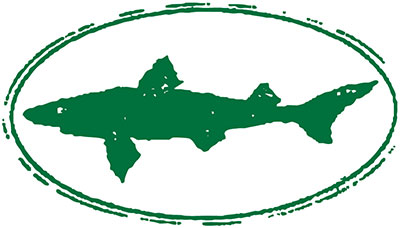Hop-hunting 101
It's hop-buying season here at Dogfish Head. As most of us are just settling in to 2014, brewmaster Tim Hawn already has his mind on the 2015 brew schedule and the ingredients he'll need to make it happen. The hops won't be harvested until fall, but if he waited until then to place the order, we'd be out of luck.
Hops are the spice of beer, used primarily as a bittering agent to offset the sweetness of the malt. They come in dozens of varieties, each imparting a unique flavor and aroma.
Come harvest time in fall, Tim heads west to Washington's Yakima Valley to have a look at -- and a whiff of -- the hops he's ordered. Yakima is the hop-growing center of the universe, and although it sounds like a dream vacation for a hophead, it comes with big responsibility.
 "It's very much about the smell," Brewmaster Tim Hawn says about hops.
"It's very much about the smell," Brewmaster Tim Hawn says about hops.
"We need to be in control of our raw ingredients," says Tim. "I go out there to find the ideal hop for our flavor profile."
Tim says there's an analytical side to assessing hops, but there's also a gut feeling that comes only from experience. Here is what he's looking for on his hop-scouting trip:
The right look
The window to harvest hops is small, and the first impression of quality comes with the eyes. If hops are harvested too early, they'll be small and lack the quality and quantity of the essential oils that brewers are after. If they're left on the vine too long, they turn brown and become oxidized. It's the large, bright green cones that Tim is looking for.
Like all farm-grown products, hops are exposed to pests and the elements, so he also keeps an eye out for things like wind, moisture and insect damage.
Good grooming
Hop vines are stripped and cleaned mechanically, so it's important to get an up-close-and-personal look at the yield.
"I look at the quality of the clean," Tim says. "Hops can have a lot of woody and leafy material, and that's not what you're after. Typically, you wouldn't select those."
That aroma
Here's the fun part: a face-full of hops. Hop brokers like Hopunion, which act as middlemen between small farmers and breweries, select "brewers' cuts" to be compared and contrasted. Tim digs in, breaking off a handful of cones, rubbing them between his palms and filling his nose and lungs with their aroma.
"It's very much about smell," Tim says. "If you're looking at Cascades, does it have grapefruit aromas? Do the Simcoes smell citrusy? I do look at analytics, but most of the time, it boils down to appearance and smell."
Want to experience the fruits of our hop hunting? Check out our schedule of AHopEclipseNow! celebrations happening across the country!
 Brewers' cuts ready for inspection.
Brewers' cuts ready for inspection.


